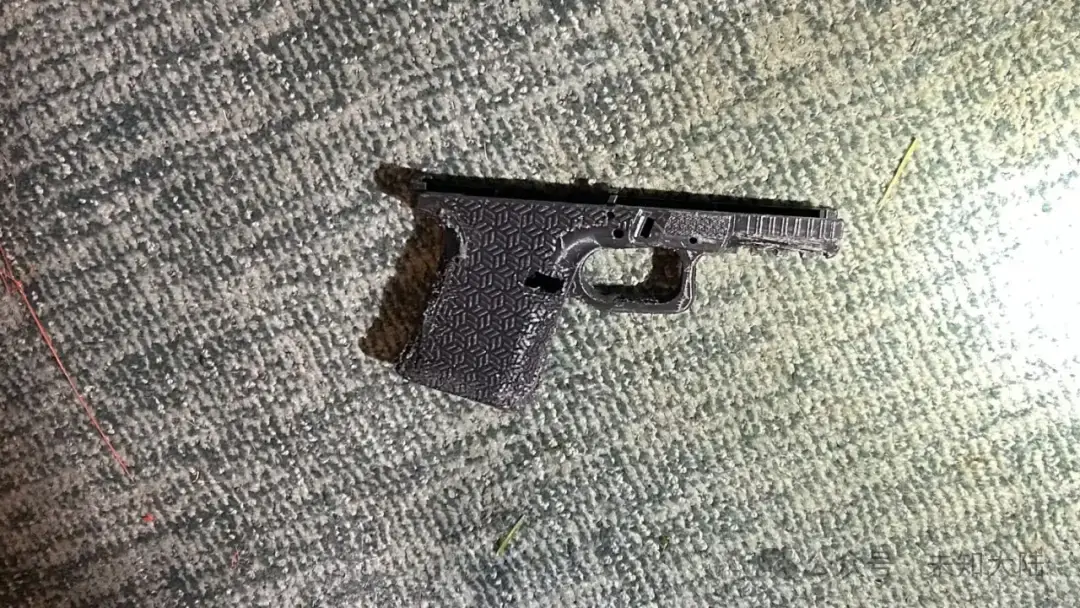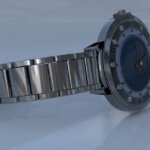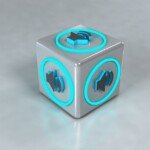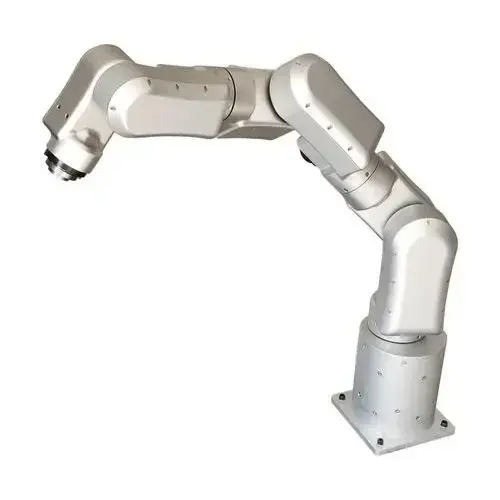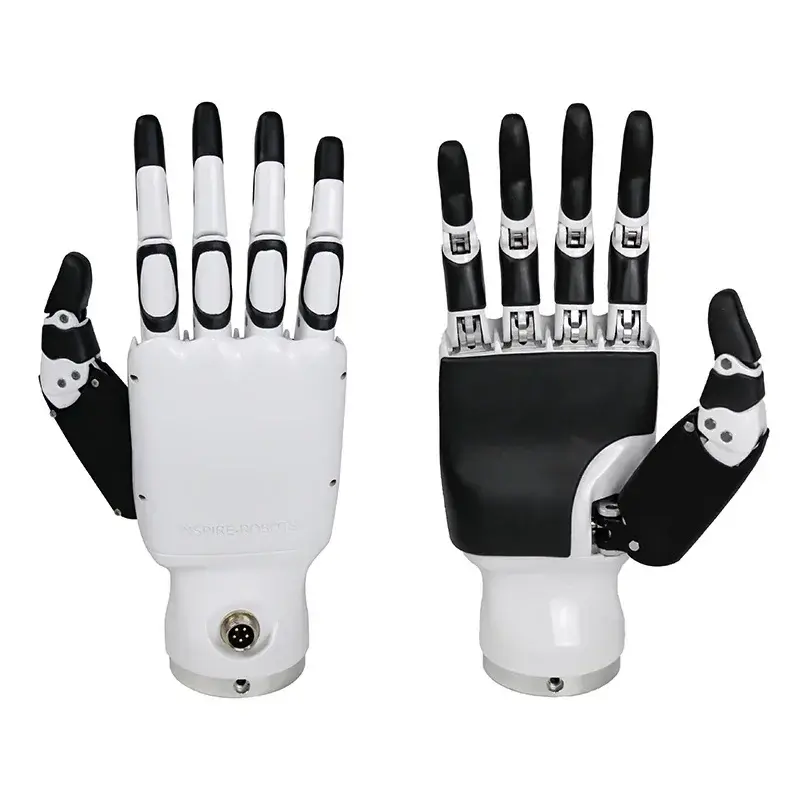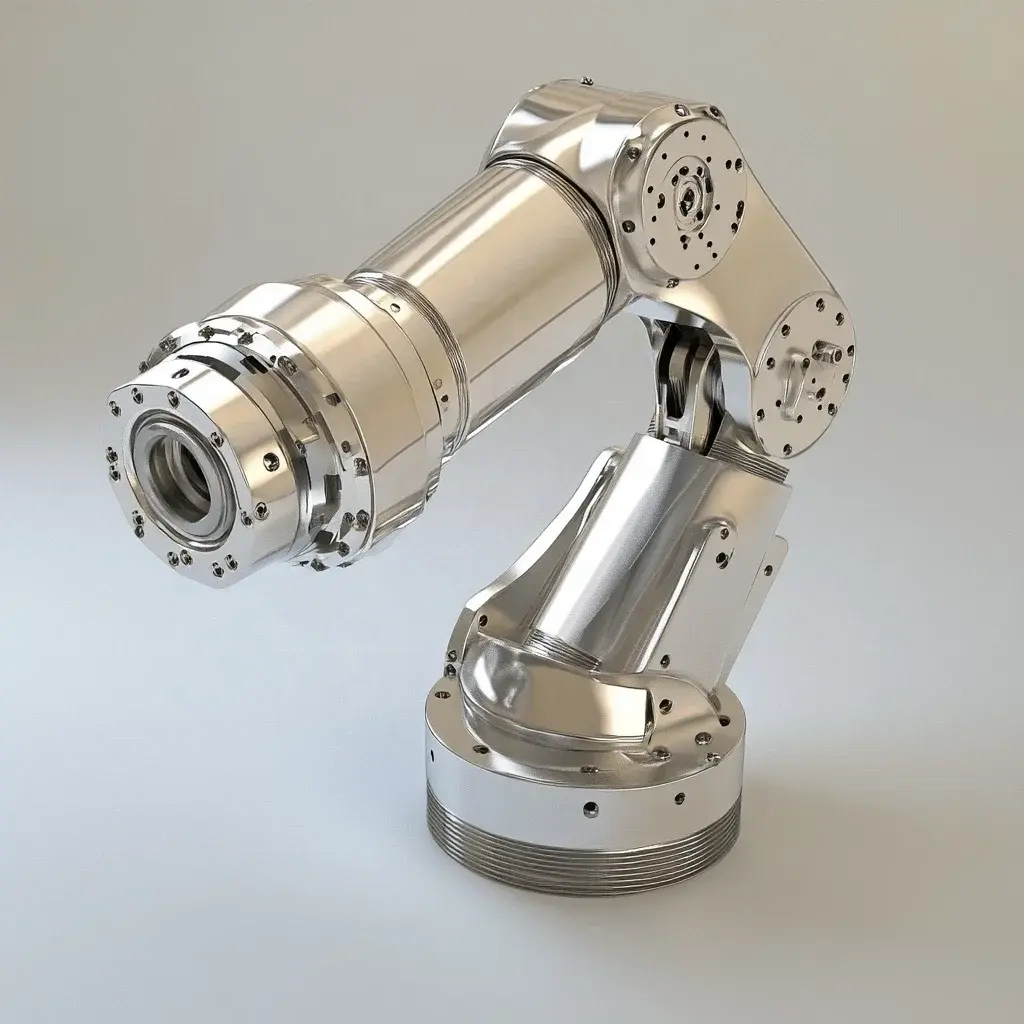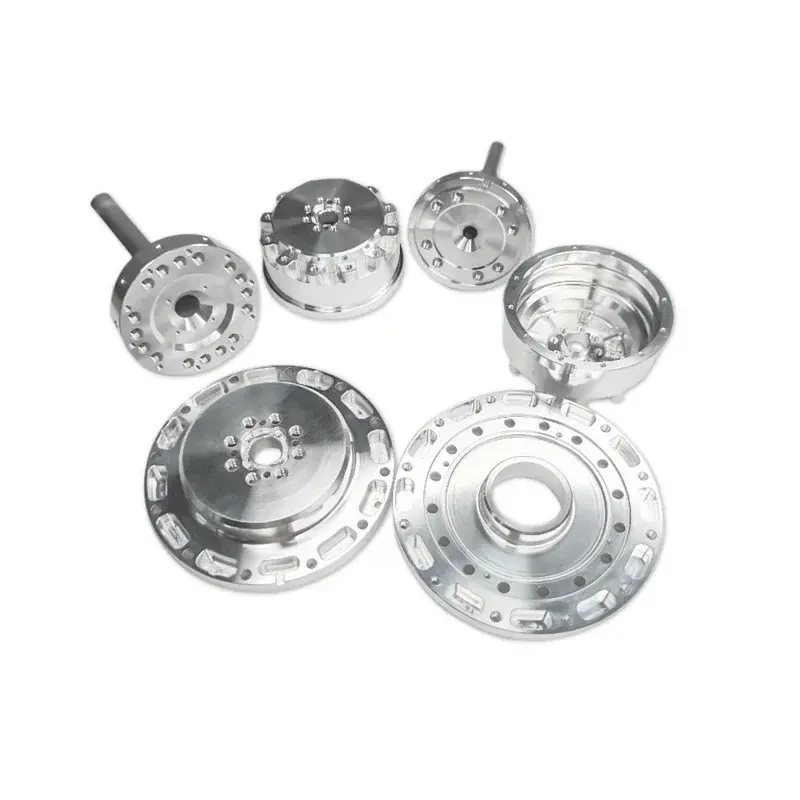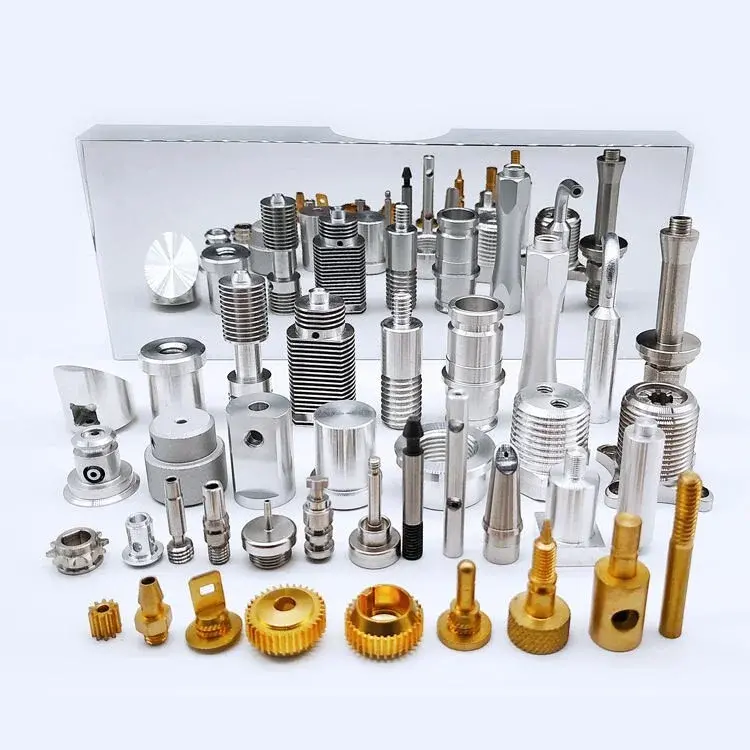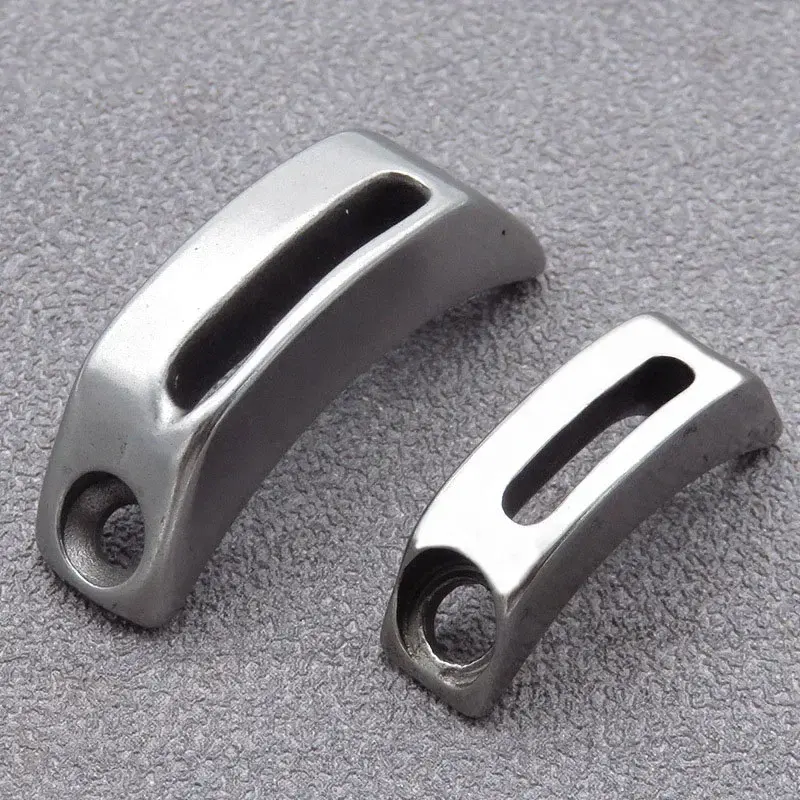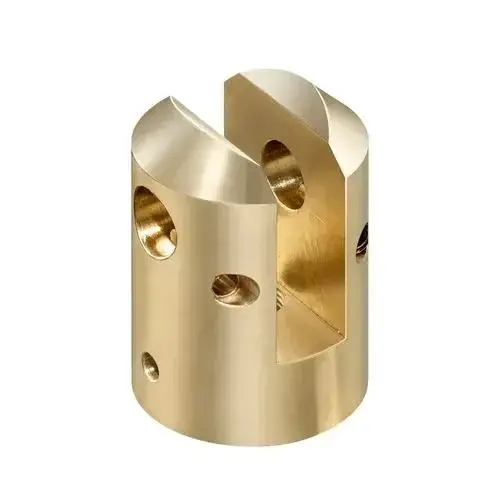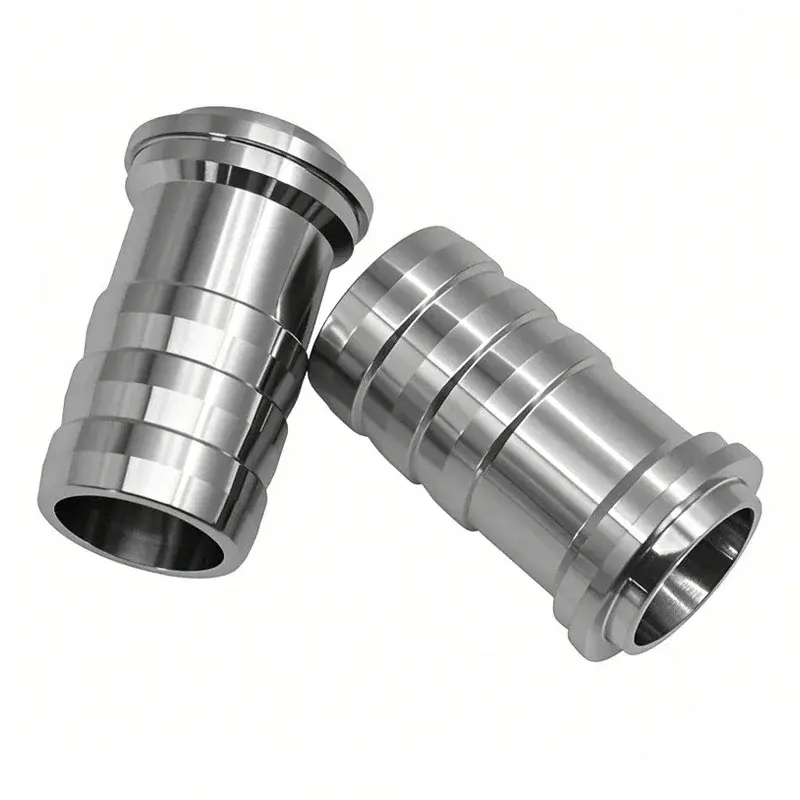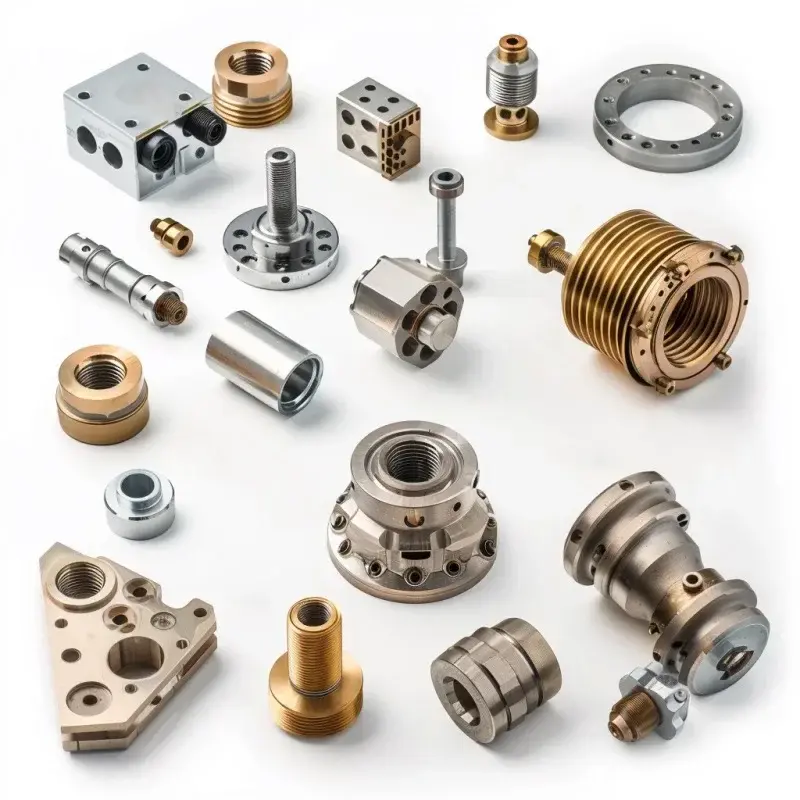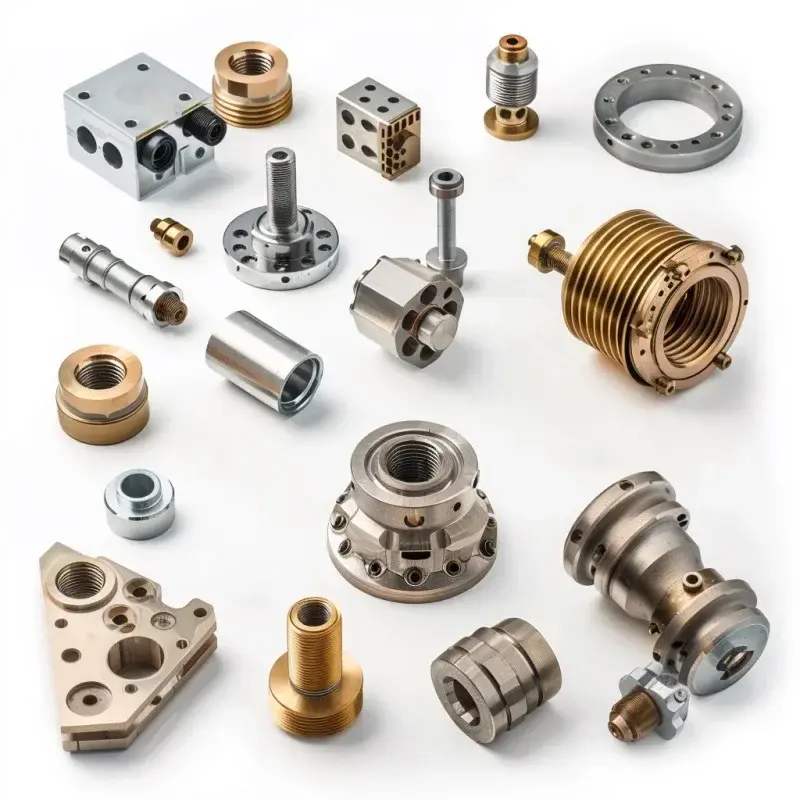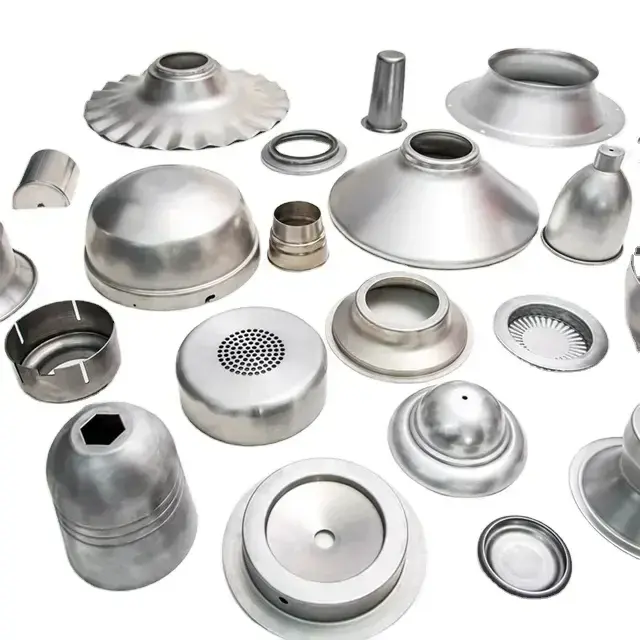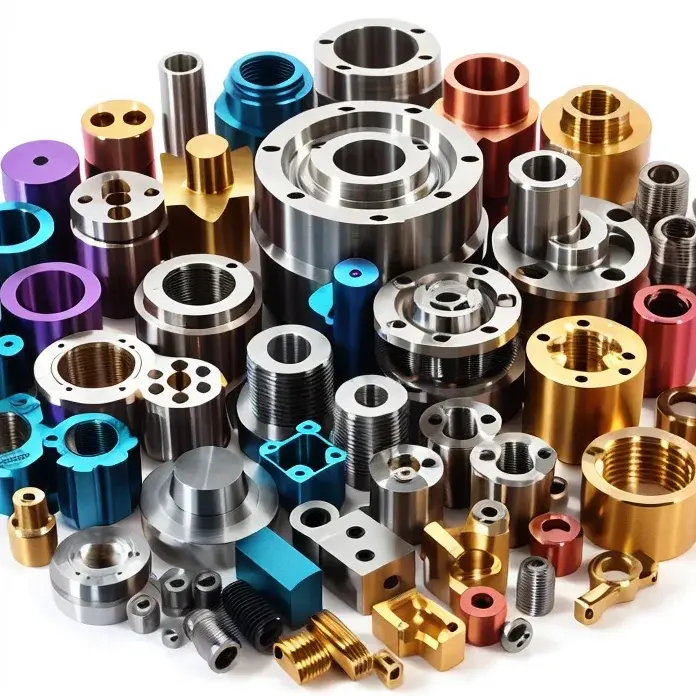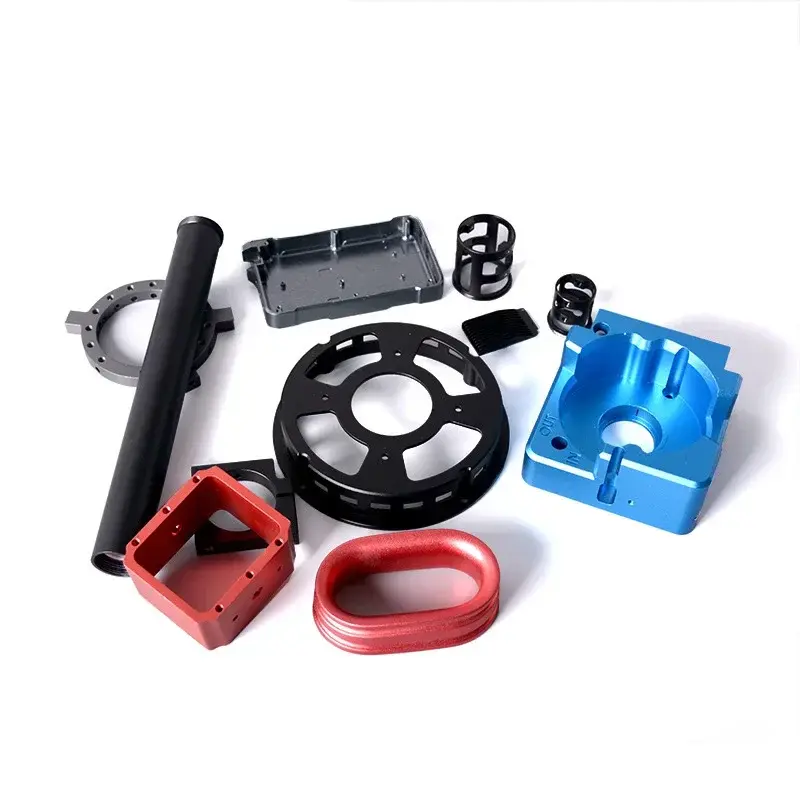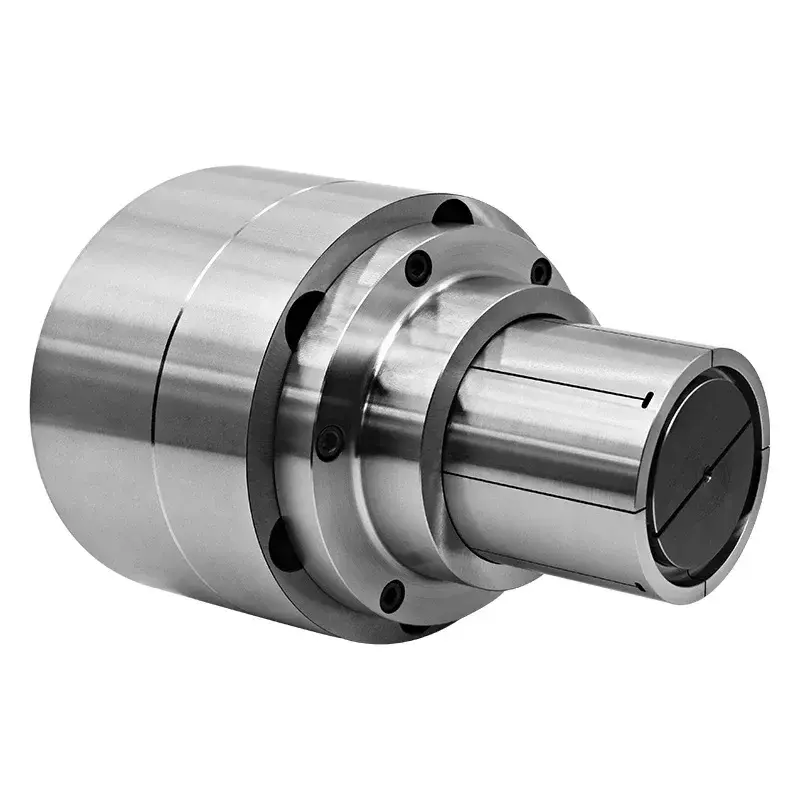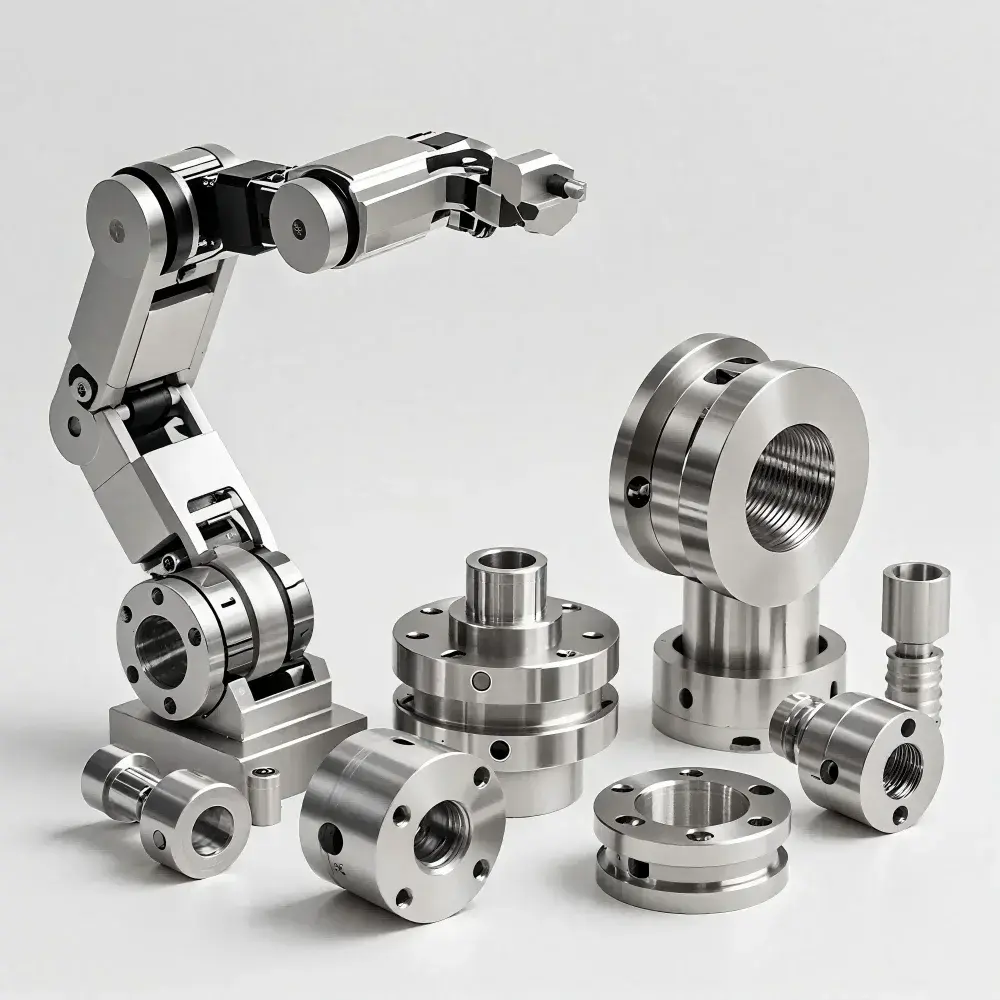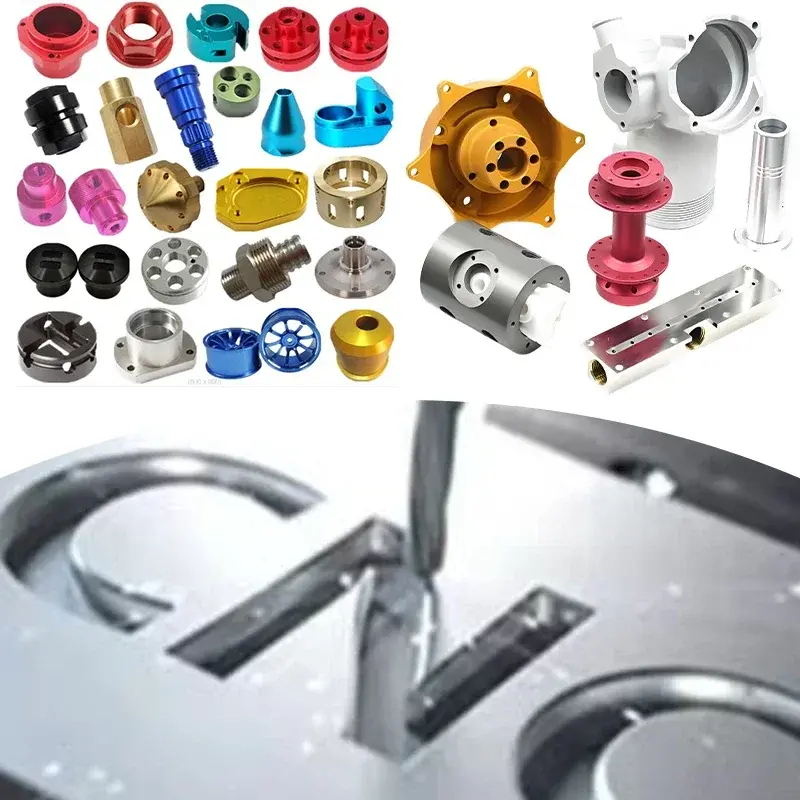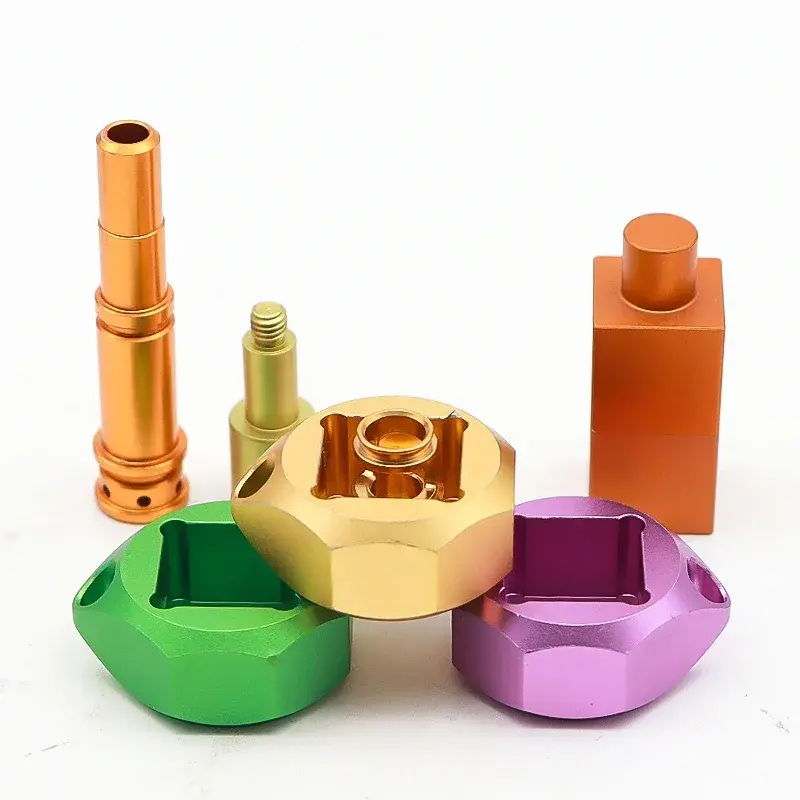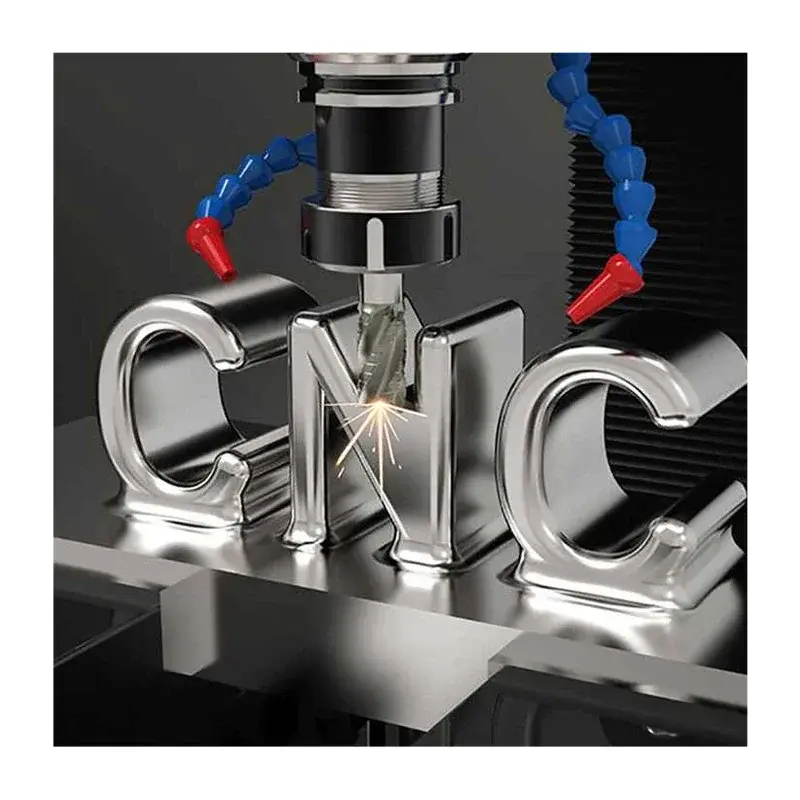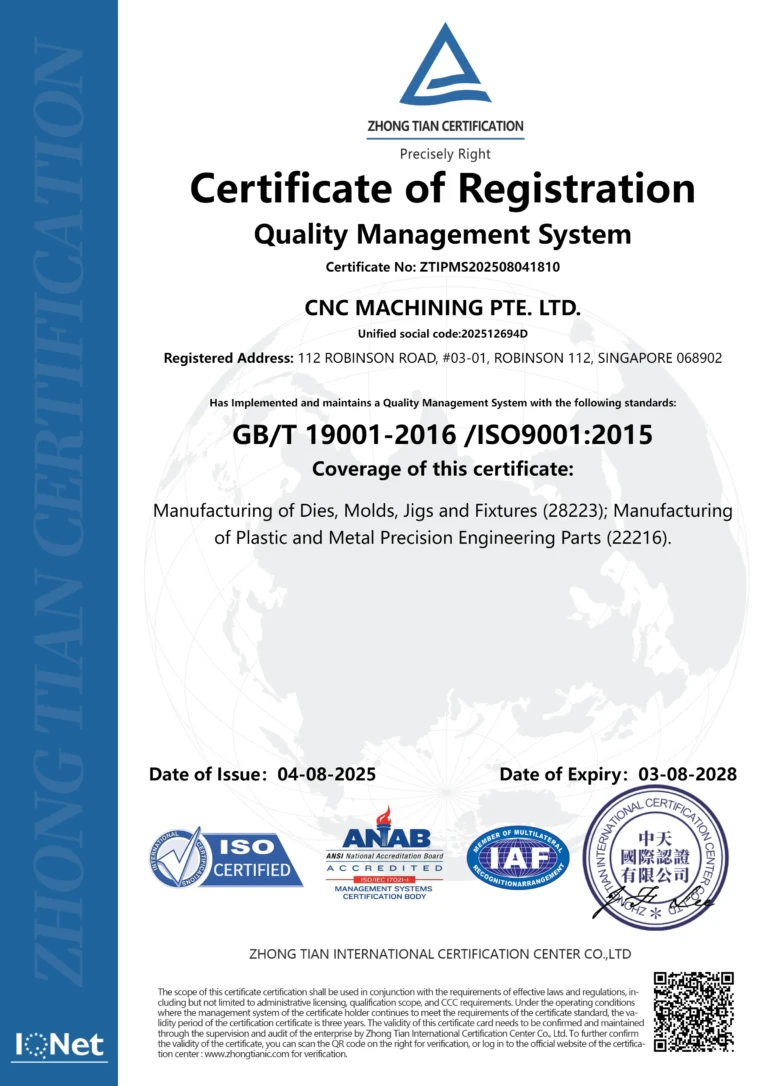Illegal 3D-Printed Firearms: Man Arrested in Oakland County for Weapons Manufacturing
Incident Overview
The Oakland County Sheriff’s Office has apprehended an individual for serious firearms-related offenses, involving the unauthorized manufacture and distribution of 3D-printed weapons and illegal firearm modifications.
Arrest Details
Initial Encounter
Law enforcement officials arrested the suspect during a routine investigation, initially discovering he was carrying a concealed AR-15 firearm. The individual had a prior record involving controlled substance possession, which heightened the investigators’ scrutiny.
Illegal Manufacturing Activities
3D Printing Capabilities
Investigators uncovered a sophisticated operation involving:
- 3D printer used for manufacturing firearms
- Glock pistol conversion mechanisms
- Unauthorized production of automatic weapon modifications
Evidence Seized
During a subsequent search warrant execution, law enforcement recovered:
- 1 fully 3D-printed pistol
- 13 Glock conversion devices
- 3D printing equipment
Legal Implications
Potential Charges
The Oakland County Sheriff’s Office indicated plans to pursue “significant charges” related to:
- Illegal weapons manufacturing
- Unlawful firearm modifications
- Potential distribution of illegal weapon components
Technological and Legal Context
3D Printing and Firearms Regulation
This case highlights ongoing challenges in regulating advanced manufacturing technologies:
- Increasing accessibility of 3D printing technology
- Legal gray areas in weapon component production
- Challenges for law enforcement in tracking unauthorized manufacturing
Expert Perspectives
Legal Experts’ Views
Legal professionals emphasize the serious nature of unauthorized firearm modifications:
- Conversion of semi-automatic to fully automatic weapons is strictly prohibited
- Potential federal and state-level criminal charges
- Significant legal consequences for manufacturing and distribution
Safety and Regulatory Concerns
Law Enforcement Perspective
Authorities stress the potential public safety risks associated with:
- Untraceable 3D-printed firearms
- Easy conversion of legal firearms to illegal configurations
- Circumvention of existing weapon regulations
The arrest underscores the complex intersection of emerging technologies and firearms regulation, demonstrating law enforcement’s ongoing efforts to address technological challenges in weapon manufacturing.
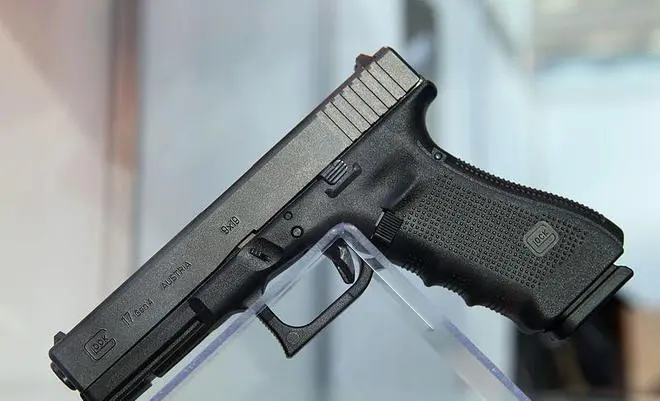
What is a Revolver? What is a Cartridge Conversion Revolver?
A revolver is a type of firearm characterized by its rotating cylinder that contains multiple chambers for ammunition. When the trigger is pulled, the cylinder rotates to align a loaded chamber with the barrel, enabling consecutive shots without the need for reloading after each discharge. Revolvers are typically single-action or double-action, where the former requires manual cocking of the hammer, and the latter integrates cocking and firing in a single trigger pull.
A cartridge conversion revolver, on the other hand, is a modification of traditional cap-and-ball revolvers, which originally utilized loose black powder, percussion caps, and lead balls. Cartridge conversion revolvers are adapted to fire self-contained metallic cartridges, which combine the bullet, gunpowder, and primer in a single unit. These conversions became popular in the mid-19th century as metallic cartridges grew in prevalence due to their convenience and reliability.
Can a Cartridge Conversion Revolver Be Manufactured Using 3D Printing?
The Basics of 3D Printing in Firearms Manufacturing
3D printing, or additive manufacturing, involves creating objects layer by layer using digital designs. This technology has advanced significantly in recent years, enabling the production of complex and durable components. In firearm manufacturing, 3D printing can be utilized to produce:
- Frames
- Cylinders
- Small mechanical parts
- Grip components
Feasibility of Printing a Cartridge Conversion Revolver
A cartridge conversion revolver’s manufacturing through 3D printing is feasible but presents challenges due to material and safety requirements. High-stress components, such as the barrel and cylinder, must endure extreme pressures during firing. While advanced 3D printing materials like metal powders and high-strength polymers exist, replicating the durability of traditional steel remains a challenge for home setups.
Advanced industrial-grade 3D printers capable of producing metal components with sufficient precision and strength could theoretically create all parts of a cartridge conversion revolver. However, assembling and testing these parts to ensure safety and reliability requires specialized expertise.
What Are the Legal Risks of Ordering a 3D Print Cartridge Conversion Revolver?
Overview of Legal Concerns
The legality of ordering a 3D print cartridge conversion revolver varies widely depending on jurisdiction. Key legal risks include:
- Possession of Illegal Firearms: In some regions, owning a 3D-printed firearm or its components is outright prohibited.
- Licensing Requirements: Manufacturing or assembling firearms, even for personal use, often requires a license or permit.
- Circumvention of Serialization Laws: 3D-printed firearms may lack serial numbers, violating laws aimed at tracking gun ownership.
- Intent and Usage: Ordering components with the intent to construct a firearm for illegal purposes increases liability.
Legal Risks in Specific Jurisdictions
- United States: Federal laws like the Undetectable Firearms Act and state-level regulations govern the legality of 3D-printed guns.
- European Union: Stringent regulations make most 3D-printed firearms illegal without proper authorization.
- Asia: Countries like Japan and Singapore impose harsh penalties for unauthorized firearm manufacturing.
Always consult local laws before engaging in any activity related to 3D-printed firearms.
15 Tips for Quietly Ordering a 3D Print Cartridge Conversion Revolver
- Understand Local Laws: Research the legal framework in your region to avoid potential prosecution.
- Use Encrypted Communication: Employ secure messaging platforms to protect your privacy.
- Choose a Trusted Supplier: Verify the credibility of suppliers providing 3D-printed firearm components.
- Avoid Public Forums: Refrain from discussing plans on public or traceable platforms.
- Use a VPN: Protect your online activity by masking your IP address.
- Order in Parts: Avoid purchasing complete kits; instead, source individual components separately.
- Avoid Keyword Triggers: Use generic terms when searching for parts or services.
- Secure Payment Methods: Utilize cryptocurrencies or anonymous payment systems.
- Test Material Legality: Ensure that the materials you purchase comply with local regulations.
- Focus on Non-Firearm Components: Procure items that can serve dual purposes to avoid suspicion.
- Learn Assembly Skills: Acquire knowledge of firearm assembly through legitimate educational resources.
- Consider Material Compatibility: Confirm that parts ordered will function together without issues.
- Use Discreet Delivery Services: Opt for secure shipping methods to ensure privacy.
- Document Transactions Legally: Retain proof of purchase to validate lawful intent if questioned.
- Avoid Sharing Information: Keep your activities private to prevent unwanted attention.
Is it Profitable to Open a 3D Print Business? How to Make Money with a 3D Print Business?
Profitability of a 3D Print Business
A 3D printing business can be highly profitable, depending on niche selection, market demand, and operational efficiency. Key revenue streams include:
- Custom Manufacturing: Producing bespoke parts for industries such as aerospace, healthcare, and automotive.
- Prototyping Services: Helping startups and inventors bring concepts to life.
- Consumer Products: Offering personalized items like jewelry, figurines, and home décor.
- Educational Services: Teaching 3D modeling and printing skills.
Steps to Make Money with 3D Printing
- Identify a Niche Market: Focus on areas with high demand, such as dental implants or industrial parts.
- Invest in Quality Equipment: Use reliable printers to ensure product quality and reduce waste.
- Master 3D Modeling: Enhance your skill set to create unique and complex designs.
- Leverage E-commerce: Sell products on platforms like Etsy, Amazon, or your own website.
- Offer Post-Processing Services: Differentiate your business by providing finishing and polishing options.
- Develop Partnerships: Collaborate with other businesses to expand your reach.
What Are Some Representative and Well-Known 3D Print Business Companies?
| Company Name | Country | Scale | Number of Equipment | Advantages | Disadvantages |
|---|---|---|---|---|---|
| Stratasys | USA | Global | 1,500+ | Wide range of materials and printers | High upfront costs |
| 3D Systems | USA | Global | 1,000+ | Pioneers in 3D printing technology | Expensive maintenance |
| Materialise | Belgium | Global | 500+ | Strong software ecosystem | Limited hardware offerings |
| Ultimaker | Netherlands | Medium | 300+ | User-friendly printers | Focused on FDM technology |
| Great Light | China | Global | 1,500+ | Pioneers in 3D printing technology, Wide range of materials and printers, Advanced metal 3D printing solutions | Focused on SLM / SAL / SLS technology |
| EOS | Germany | Global | 700+ | Advanced metal 3D printing solutions | High operational costs |
What Are the Advantages of Great Light’s 3D Print Business?
Great Light excels in providing high-quality, scalable 3D printing solutions with the following advantages:
- Large-Scale 3D Printing Equipment: Capable of handling both small and industrial-scale projects.
- High-Quality Control: Rigid quality assurance measures ensure product reliability.
- Premium Materials: Use of top-grade metal and plastic materials to guarantee durability.
- Expert Production Processes: Advanced techniques to create complex, precision-engineered parts.
- Comprehensive Post-Processing: Offers finishing services, including polishing and coating.
Online Customized 3D Printing
Great Light provides enterprise-level solutions for complex manufacturing challenges. By leveraging advanced 3D printing technologies, the company offers: (Due to Chinese legal reasons, China Factory do not provide manufacturing services for gun parts)
- Rapid Prototyping: Accelerated production timelines.
- High Precision: Exceptional accuracy in part creation.
- Versatile Material Options: Processing of metals, plastics, and composites.
- End-to-End Services: From design consultation to final product delivery.
Why Choose Great Light?
- Industry-leading expertise in 3D printing.
- Competitive pricing and efficient turnaround times.
- Comprehensive customer support and customization options.
Order your highly complex, special-shaped metal parts today and experience unparalleled service from Great Light!
